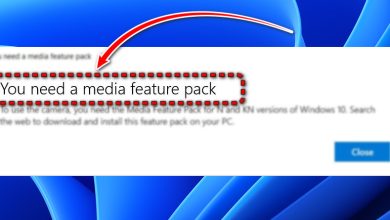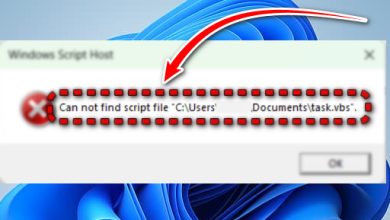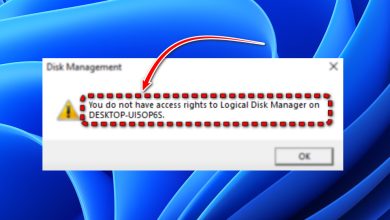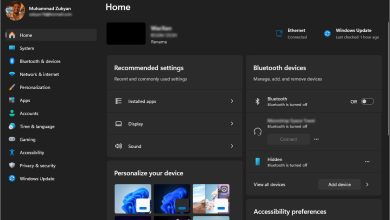How to Fix Calculator Not Working on Windows 10/11?
The Calculator app on Windows 10 or 11 might not open, might only open for a moment and then close, or might not respond at all, especially after a Windows update or upgrade. This usually happens because the app’s files are damaged, some needed files are missing, or the Windows Store is not working right.

The most common reason is a broken app file or a problem in the computer’s settings after using system restore or resetting Windows.
Now that you know the causes, let’s go through some practical steps to fix the issue. Restarting your computer is a good first step.
1. Re-register all Microsoft Apps
If your Microsoft apps are not working or are freezing, re-registering them can often resolve the problem.
Follow these steps to re-register all Windows apps:
- Press the Windows key and type Windows PowerShell in the search box.
- Right-click on Windows PowerShell and choose Run as administrator (or press Ctrl + Shift + Enter).
- When PowerShell opens, copy and paste the following command and press Enter:
Get-AppXPackage -AllUsers | Foreach {Add-AppxPackage -DisableDevelopmentMode -Register "$($_.InstallLocation)AppXManifest.xml"} - Wait for the process to finish.
- Check if the Calculator app is working.
2. Run Windows Store Apps Troubleshooter
One of the easiest ways to fix issues with Microsoft apps is to use the Windows Store Apps Troubleshooter. This tool helps fix problems like damaged app cache files.
- Press Windows + I to open Settings.
- Click on Update & Security.
- Select Troubleshoot from the left panel.
- Click on Additional troubleshooters for more options.
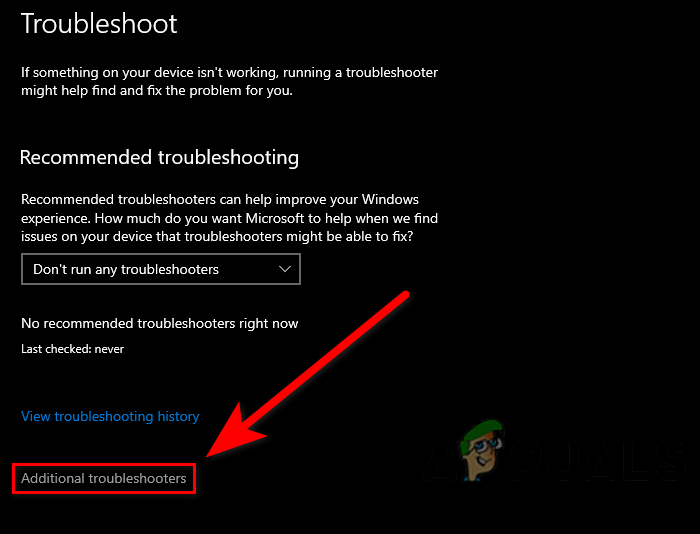
Additional troubleshooters - Find Windows Store Apps under Find and fix other problems, then click on it.
- Click Run the troubleshooter.
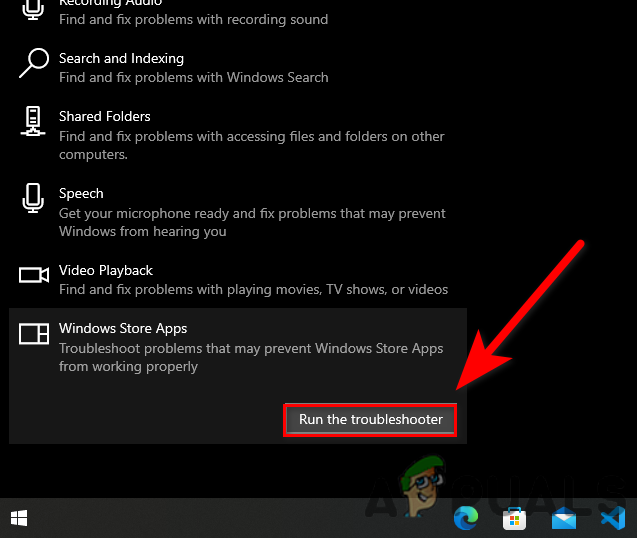
Click on Run the Windows app troubleshooter - Once the troubleshooting is complete, check if your Calculator app works.
3. Update Calculator
If you haven’t updated your Calculator or other Microsoft apps in a while, this could be the cause of the issue. Updating can often resolve problems.
- Click the Windows key and type Microsoft Store.
- Open the Microsoft Store and click the Library icon at the bottom left.
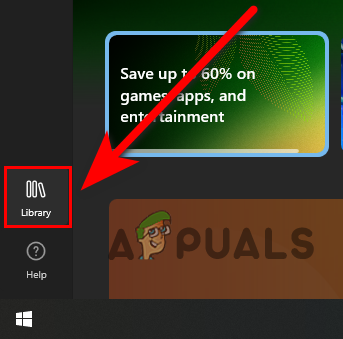
Click on the Library option - Click Get updates to update all Microsoft apps.

Click on the Get Updates option to update all Microsoft Windows Apps - When updates are done, check if your Calculator app is working properly.
4. Reset Calculator
Windows provides built-in Reset and Repair options for Microsoft apps, which can help fix issues without uninstalling.
- Open Settings by pressing Windows + I.
- Go to Apps > Apps & features.
- Search for Calculator under the Installed apps section.
- Click on Advanced options.

Click on the Advanced options - Scroll down and click the Reset button.
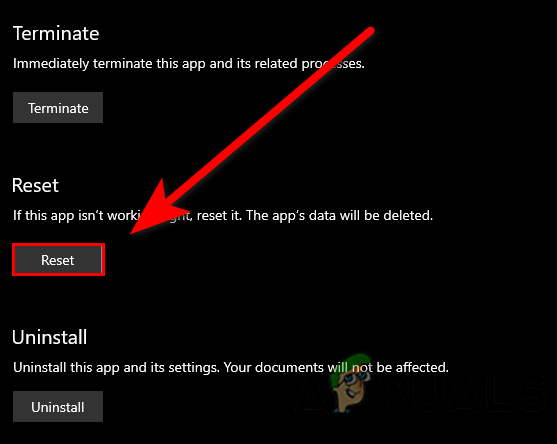
Click on the Reset button to reset the calculator - Once finished, check if the Calculator app is now working.
5. Reinstall Calculator
If your Calculator app still doesn’t work, it’s possible that some of its files are missing or corrupted. Reinstalling the app can fix this.
- Press Windows + I to open Settings.
- Go to Apps > Apps & features.
- Find the Calculator app in the Installed apps section.
- Click on the app and select Uninstall.
- Open Microsoft Store and search for Calculator.
- Click Get to install the Calculator app again.
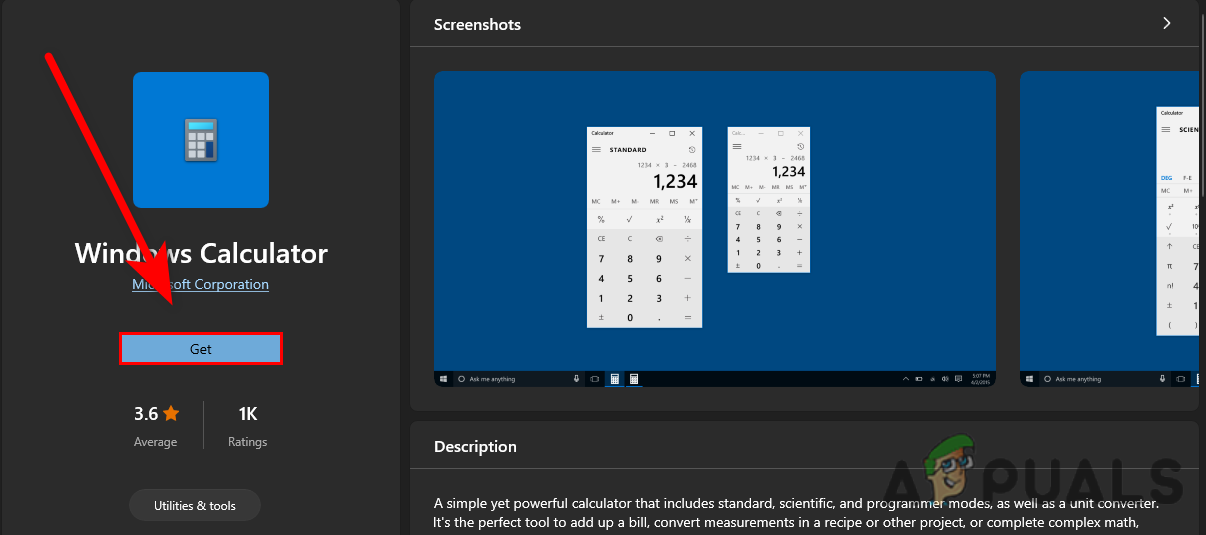
Click on Get to install the Calculator
6. Update Your Windows
Running an outdated version of Windows can cause many issues. Keeping Windows updated helps everything run more smoothly.
- Open Settings by pressing Windows + I.
- Click Update & Security.
- Select Check for updates to download and install any updates.
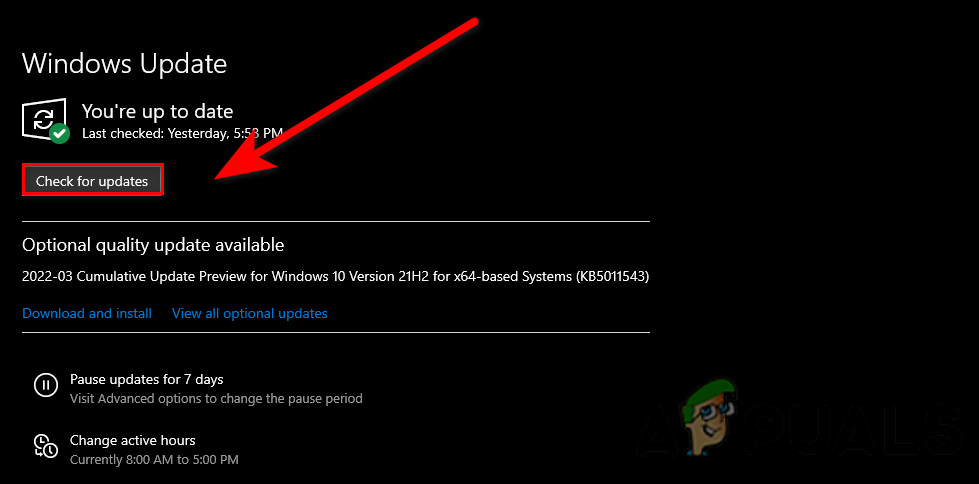
Click on check for updates
7. Run System File Checker
System File Checker (SFC) is a built-in tool that scans and repairs corrupted system files. It can help fix problems that might be affecting the Calculator app. You can learn more about it here.
- Press the Windows key and search for Command Prompt.
- Right-click Command Prompt and choose Run as administrator (or press Ctrl + Shift + Enter).
- Type the following command and press Enter:
sfc /scannow
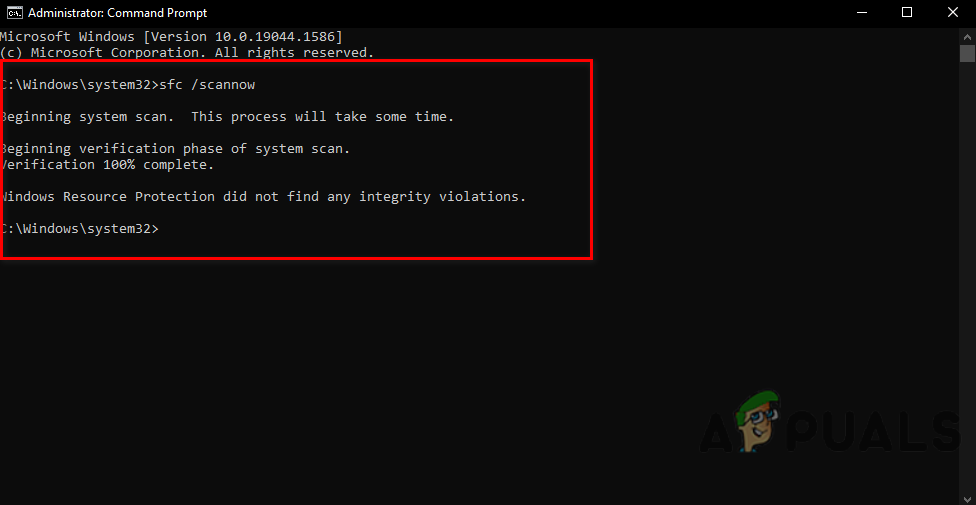
Run sfc/scannow in cmd - Wait for the scan to finish, then check if the issue is resolved.
8. Run DISM Scan
DISM (Deployment Image Servicing and Management) is another useful tool for fixing deeper Windows problems, especially if SFC didn’t find or fix anything.
- Press the Windows key and type Command Prompt.
- Right-click on Command Prompt and select Run as administrator.
- In the User Account Control prompt, click Yes to allow changes.
- Type the following command and press Enter:
DISM /Online /Cleanup-Image /RestoreHealth
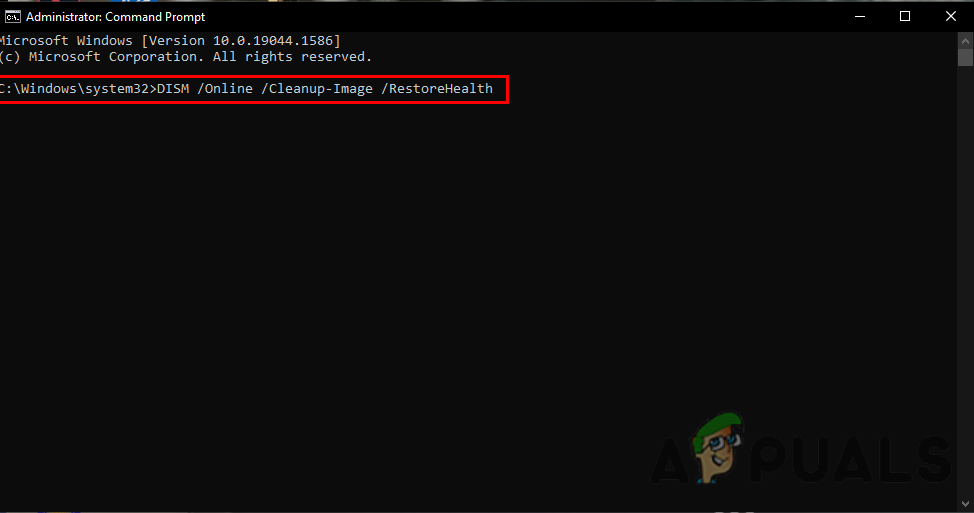
Run the DISM commands to repair the Windows operating system - Wait for the scan to complete, then restart your computer.
9. End Task the RuntimeBroker.exe Process
Some background processes can interfere with apps. According to some users, RuntimeBroker.exe has been known to cause issues with the Calculator app. Ending this task can sometimes fix the Calculator.
- Right-click on the Taskbar and select Task Manager.
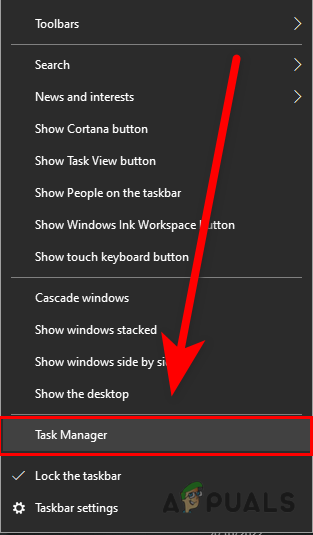
- In Task Manager, find Runtime Broker under the list of background processes.
- Right-click on Runtime Broker and choose End task.
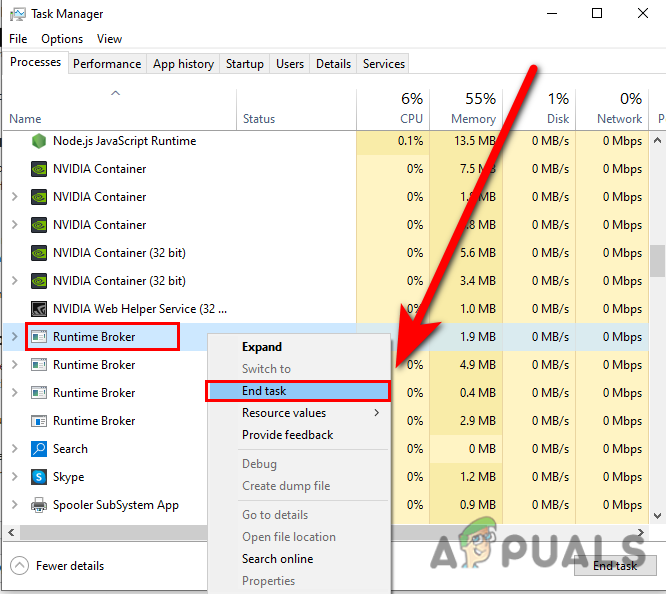
End task the Runtime Broker - Now check if your Calculator app is working.
10. Create a Local Account
If none of the above methods work, you can try creating a new local user account. Sometimes, user profile problems can cause app issues. If this solves your problem, you can move all your data to the new account. For a detailed guide, check out How to Create a New User Account and Transfer all the Data to it.
Hopefully you’ve managed to fix the problem! If you have any questions or need more help, feel free to leave a comment below.

